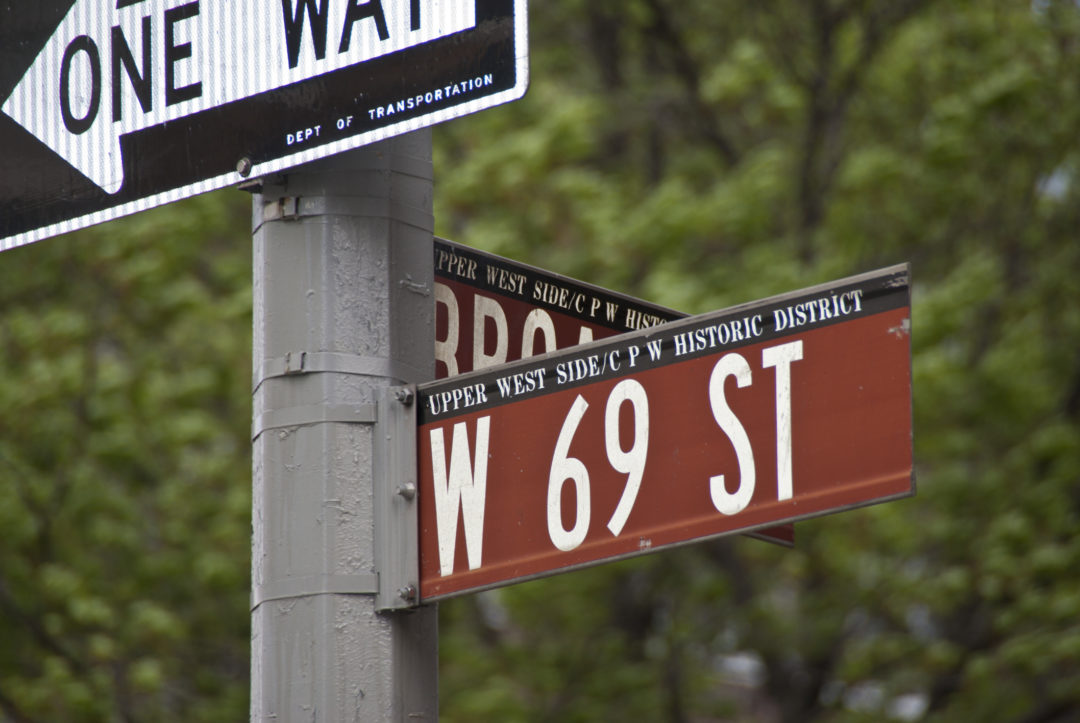Older homes are often desirable when potential home buyers are searching for homes with lots of charm and character. With that charm and character comes a fair amount of challenges. Aside from predictable issues like small rooms, lead paint, old wiring, and foundation issues, the home might be located in a historic district. If it is, there are many more hoops to jump through than a traditional flip. These additional issues can increase your holding time and remodel budget. Both eat away at your bottom line.
A historic district is a neighborhood or area that contains homes, buildings, sites or structures that are significant architecturally due to the time period in which they were constructed. There are historic districts designated at federal levels, state levels as well as local levels. County or municipal governments generally administer local historic districts.
Bringing a historic home to today’s standards may involve restrictions on the type of remodel or restoration that is allowed. The rules and restrictions on what can be done to a historic home are in place to preserve what may be distinctive features on the home and the overall look of the historic neighborhood.
Cities all over the country have some form of historic district zoning. This means that local laws are in place to protect and preserve the buildings or sites. Historic zoning varies from state to state and location to location. In general, historic zoning regulates:
- Building materials (masonry, wood, metals)
- Window type, size and placement
- Other building features such as entrances, porches and curtain walls
- Door types, size and placement
- Interior spaces
- Interior features
- Interior finishes
- Paint color
- Roof material and color
- Fences (public accessibility may be an issue)
- Driveway and garage location
To rehab a historic home, guidelines prevent sandblasting, for instance. Any other physical treatment or chemical treatment that damages historic materials is prohibited. According to the federal government standards for cleaning a historic structure that is being rehabilitated, surface cleaning is described as being done using “the gentlest means possible.”
The National Park Service, through the US Department of the Interior, has a new publication called “The Secretary of the Interior’s Standards for the Treatment of Historic Properties with Guidelines for Preserving, Rehabilitating, Restoring & Reconstructing Historic Buildings.” That publication may be helpful if you embark upon a historic fix and flip. (Download the PDF here)
If you need to get approval for the materials that you use, there will be an approval process for working on a historic home that varies from location to location. Typically, the city or state will have a historical commission that is in charge of that process. You may have to file an application and pay a fee. If the commission votes yes on your plan, you can move ahead. If not, your plan will need to be modified.
This process of researching historically accurate materials and submitting and getting approval for a project plan is often too burdensome for flippers to undertake. However, as long as you take extra care to do your due diligence beforehand, breathing new life into a historic home can be a very rewarding project.



